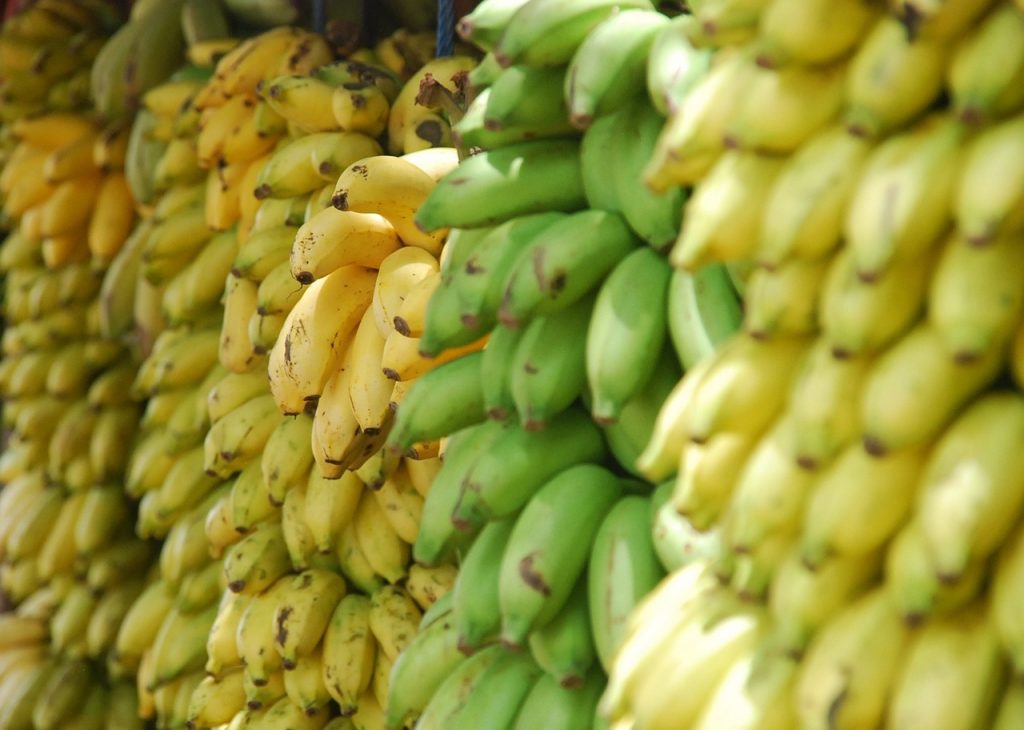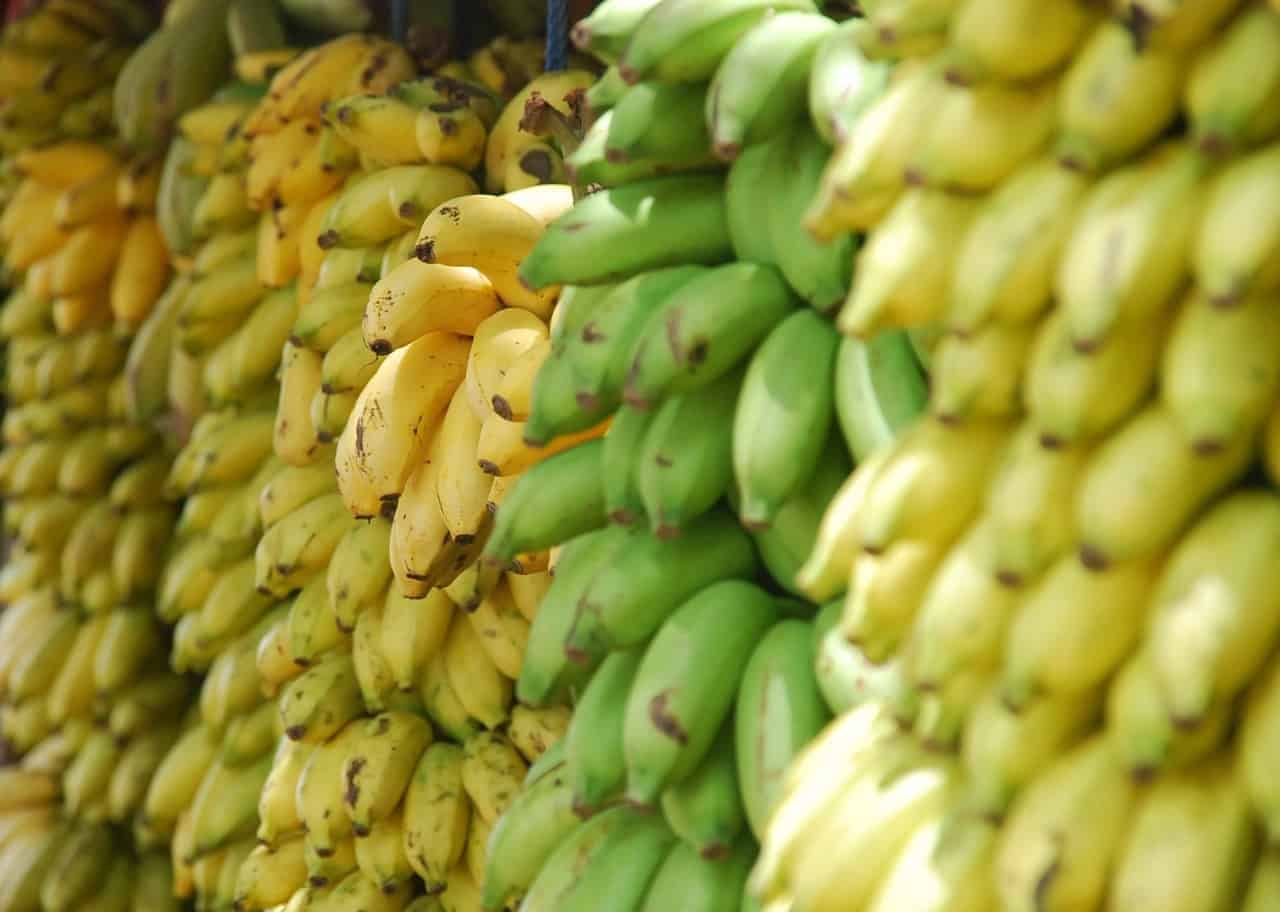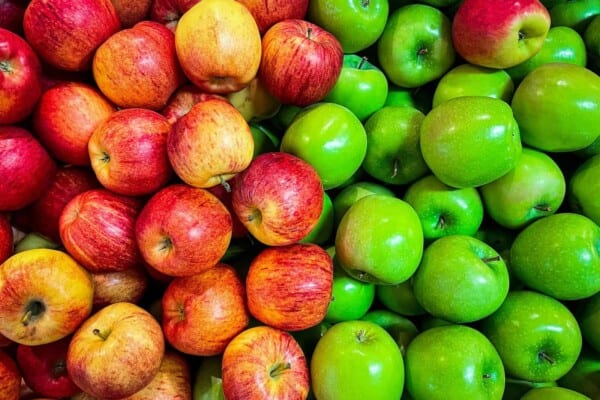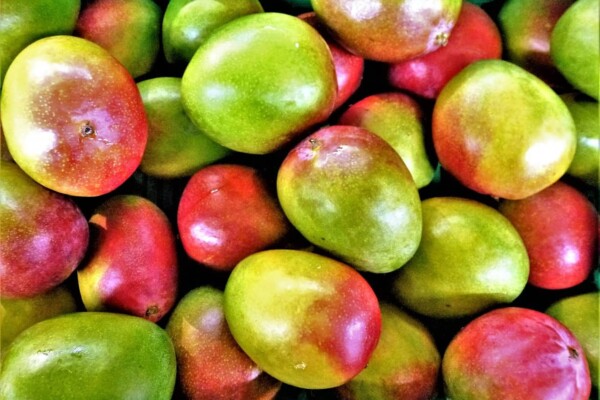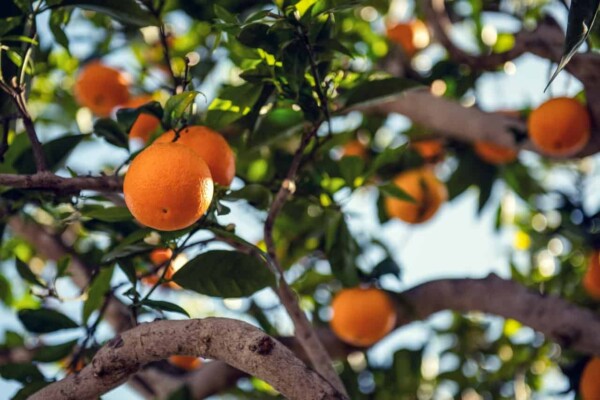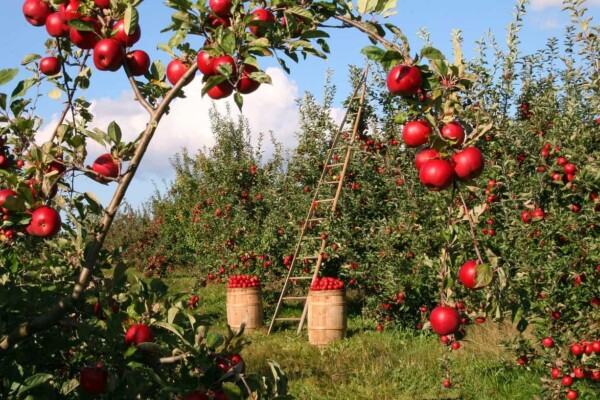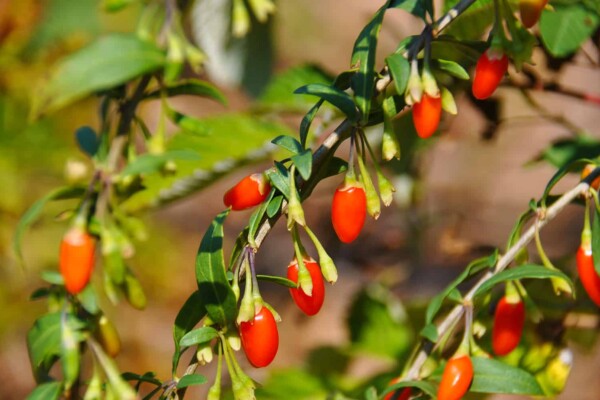When it comes to fruits with very good commercial value, bananas are at the top of the list because profit can be obtained relatively easy, compared to other types of cultures and because the cultivation of bananas is not too complicated as long as the farmers have enough knowledge about the basics of growing, caring and managing banana plantations.
Bananas are the most popular fruits in the world and exist in about 1,000 varieties. However, we only know about Cavendish bananas, which we can usually find in most supermarkets and grocery stores.
Many of these types of bananas are harvested only in the wild and only in a few places in the tropical areas, which explains why they are not well known.
General Characteristics of Bananas
Scientifically speaking, bananas belong to the family of Musaceae, the Musa genus. They are not exactly fruit trees, but giant herbs that can grow up to 20 feet. Bananas are native to Southeast Asia, Northern Australia and tropical regions of India. Today, several types of bananas are grown in other parts of the world as well, including in Europe, where the climatic conditions are appropriate.
A banana tree produces about 20 kilograms of fruits per each blossom in a short period (approximately 150 days). The fruits are highly valued as food sources as they are, and they are also used in various industries. Bananas are used as ingredients in many types of foods, as cosmetic ingredients and in food supplements. The peels and the leaves can also be used for various purposes, hence the high commercial value of bananas. For example, banana leaves can be used instead of paper plates, they are used to make seat pads, umbrellas, clothing fabric, fishing lines, and many other goods.
Bananas have high fiber content, they are an excellent energy source, and they also contain vitamins and minerals that are important for medicinal purposes and food supplements targeted towards various health problems.
The main worldwide banana producers are India, China, and Uganda, but banana plantations are also often seen in the Philippines, Ecuador, Brazil, Indonesia, Colombia, Cameroon, and Tanzania.
Since banana plants are native to tropical climates, they are grown in regions where the temperature ranges from 15 to 35 Celsius degrees. Also, it’s important to grow bananas in regions where there is no strong wind because it can damage this type of plantation.
Almost all of the edible types of bananas today come from two wild banana species, Musa acuminata, and Musa balbisiana. Although there are many varieties of bananas, including hybrids, some of them are more widespread than others, depending on their qualities and their adaptability to climate conditions.
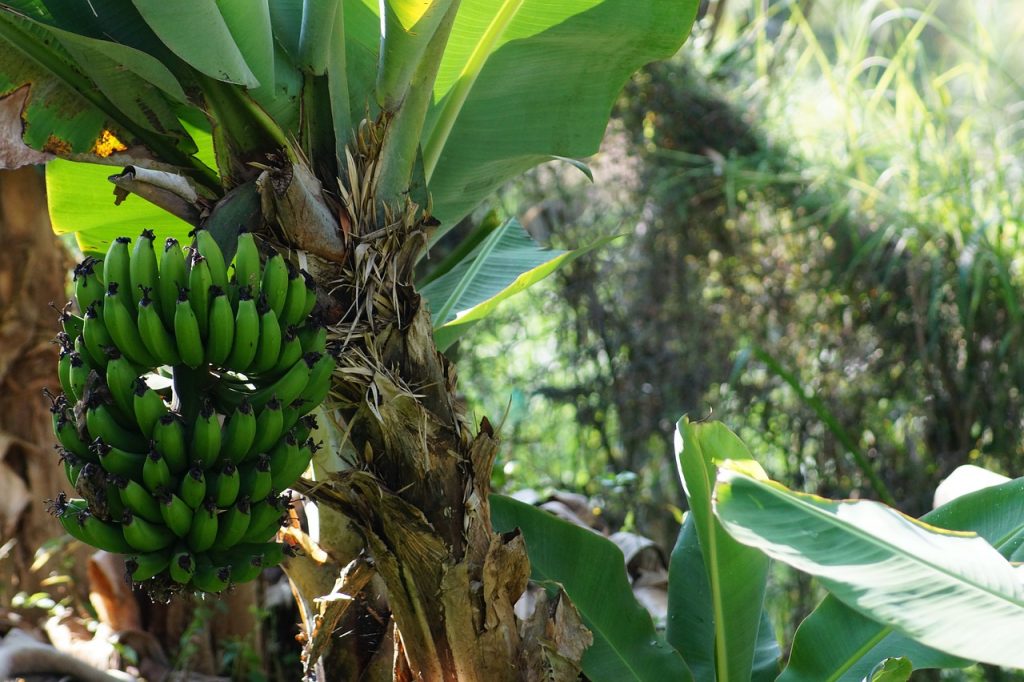
Bananas and Plantains
Even if some people confuse the two fruits and consider them the same, the nutritional values of bananas and plantain bananas confirm the differences between the two when it comes to their characteristics.
Ordinary bananas and plantains come from countries with a tropical, warm climate. These are considered staple foods in the daily diet and offer many health benefits. However, there are some differences between plantain bananas and regular ones.
Common bananas and plantains have a similar appearance and come from the same family: Musaceae. They are cooked and consumed in various ways: fried, baked, grilled or raw.
Between the two varieties, there are small differences in taste and texture. At the same time, there are differences between plantains and ordinary bananas at the nutritional level.
As we have already mentioned, plantains bananas are part of the Musaceae family, specifically the Paradise Musa. Therefore, they are found in tropical countries, near the coast, where there is a hot climate, such as Mexico, Ecuador, Brazil, and Costa Rica.
Plantains are characterized by their long, green-colored peel, which turns yellow when the fruit ripens and blackens when it begins to go bad.
When ripe, plantains are very succulent, but they are also rich in starch, a compound that contains carbon, oxygen, and hydrogen. The starch content prevents you from consuming plantains in a raw state because they are astringent, difficult to chew and have a dry texture.
Bananas belong, in turn, to the family Musaceae, but are part of the species Musa acuminata. They are more easily grown in countries such as Uganda, Ecuador, the Philippines, and Brazil.
Bananas have a cylindrical shape and a soft and fine texture. They are white on the inside and have a green peel, which turns yellow when the fruit ripens.
Unlike plantains, ordinary bananas do not contain starch, so they can be consumed in a raw state. They are known throughout the world for their sweet taste and creamy texture.
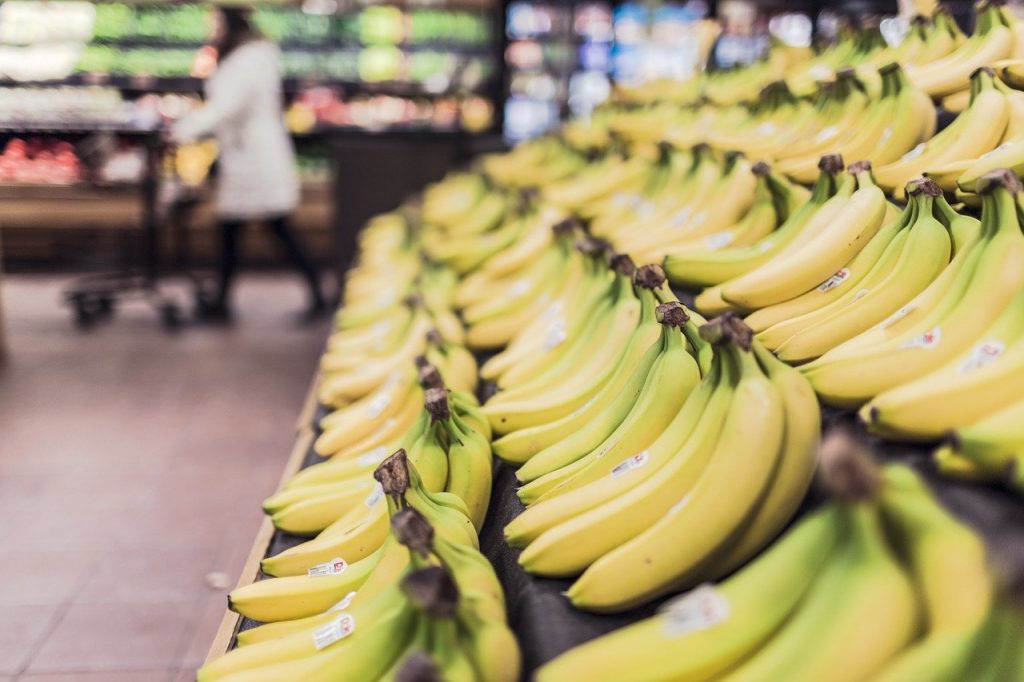
Cavendish Bananas
Cavendish bananas are the world’s main commercial crop at the time. They were first grown in large volumes by the Peak District stately home of Chatsworth House, where they are still grown to this day. They say the first head gardener from this house, Joseph Paxton, was inspired to start growing bananas after a painting he once saw on wallpaper. After obtaining a plant from Mauritius, Paxton was growing bananas by 1835. The Cavendish bananas were named after William Cavendish, the 6th Duke of Devonshire.
Initially, the Gros Michel variety was more popular throughout the world until the Second World War. However, the qualities of the Cavendish bananas, such as their resistance to disease, enabled them to become more widespread. The Gros Michel was ultimately almost wiped out by Panama disease, so the Dwarf Cavendish became the main commercial crop. These bananas can be found today in most grocery stores and markets and are known for their slightly sweet taste and creamy texture. During their various stages of ripening, they can be green, yellow or yellow with brown spots. Cavendish bananas are grown all across Central America and are a vital part of the local economies in this part of the world.
These bananas accounted for almost half of the world banana production between 1998 and 2000. They are consumed raw, used in baking goods, fruit compotes, fruits salads and in other foods as a complementing ingredient.
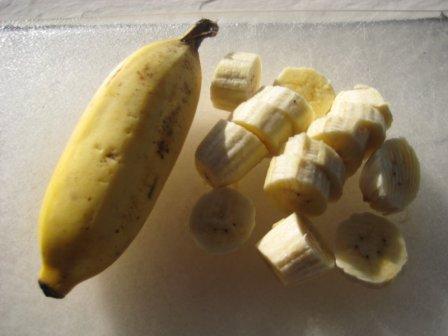
Apple Bananas
These bananas are known for their very sweet taste, hence the name of Apple bananas or Candy Apple bananas. They are grown mainly in Hawaii, namely in the rainy tropical forests in the area. They have a firm texture and a light pink coloring. Being sweet fruits, with high water content, these bananas are used as snacks in desert areas and they are also suitable for fruits salads because they don’t turn brown as quickly as other varieties.
Apple bananas are available all year-round. Also known as Latundan, Manzano or Silk bananas, they are a hybrid of the cultivar Musa balbisiana and a member of the Musaceae family. They are also highly appreciated for their tropical taste, because, as they ripen, they have a slight taste of strawberries mixed with pineapple.
Native to Central and South America, Apple bananas are grown in tropical and subtropical regions, such as Honduras, Mexico, and Malaysia. They were named Latundan after Claude Letoundal, who was a French missionary from India who introduced this banana variety in the Philippines. To this day, the most popular types of bananas that grow in the Philippines. Apple bananas are not grown for large scale commercial production, so they are mostly known in their growing regions.
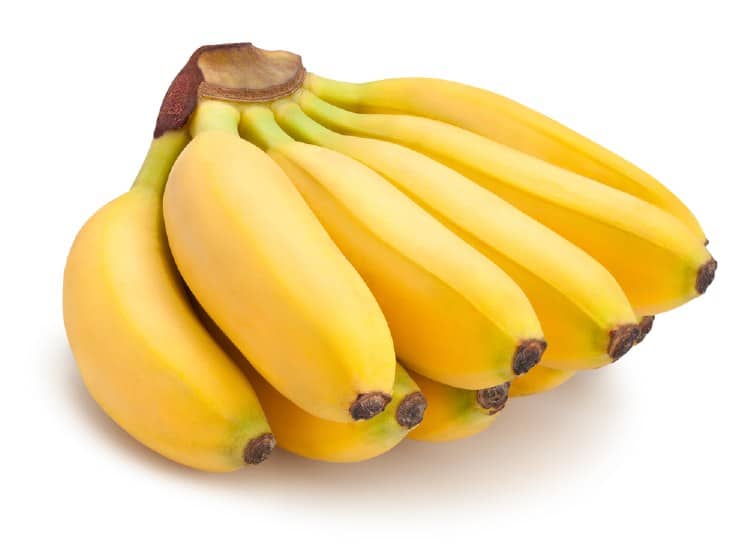
Lady Finger Bananas
These types of bananas are native to Australia and Southeast Asia. There are two cultivators for Lady Finger bananas, a regular size one and a dwarf one. The dwarf ones can be kept indoors when the temperature is too cold outside.
These are small bananas, which have average 10-12.5 cm long, with a thin, light yellow peel and sweet and creamy texture. Lady Fingers are also known as “baby nino”. They are also thinner than most common banana varieties and have an elongated shape. Lady Finger bananas are available all year-round in tropical and subtropical regions.
Lady Finger bananas are a South Pacific variety of Musa acuminate. They are sometimes grown as ornamental plants, especially during their dwarf state, but they can reach up to 25 feet when they are properly fertilized and planted in soil, not in pots. This variety is the second most popular type of bananas in Australia, next to Cavendish bananas.
One particular quality of this banana variety is that it doesn’t turn brown when cut, so it’s often used for fresh applications such as fruits salads and other dishes.
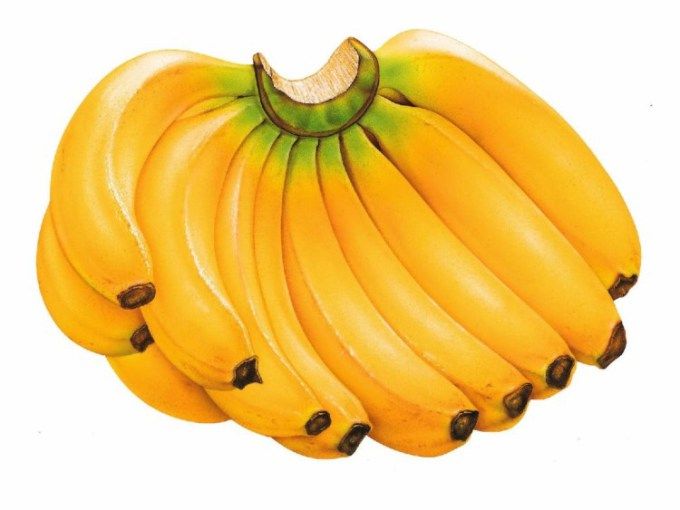
Pisang Raja Bananas
These bananas are popular in Indonesia. They have a yellow or orange peel and have a creamy texture with a light honey flavor. Pisang Raja bananas are a little smaller than Cavendish bananas. They are best consumed raw, when they are fresh and are not particularly suitable to be used for cooking, except for some specific dishes such as banana fritters. Pisang Raja bananas are also known as Musa Belle bananas.
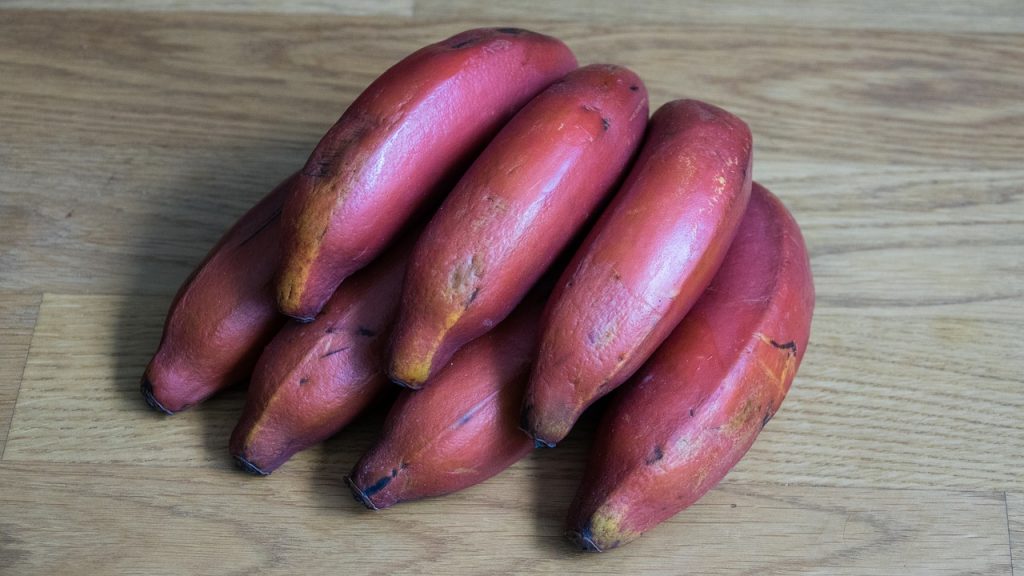
Red Bananas
Asides from their unusual color which is, as you may have guessed, red, these bananas are also known for their very sweet taste. When the peel finally turns red, it means that the fruits are ripe and ready to be consumed.
Red bananas are native to India and Southeast Asia, where they have wild ancestors. They have been transported into similar subtropical regions through trading routes. Red bananas have made their way like this to Australia, New Zealand, South Africa, and the Pacific Islands.
One interesting fact about red bananas is that the Piro tribe who lives in Peru has developed an entire culture based on them. Celebrations in the community consist of offering red bananas as gifts. Young men from the tribe compete by climbing the banana trees as fast as possible. Also, a superstition of the tribe says that each banana contains a good side and a bad side. If someone opens the banana on the “bad” part, it’s like inviting bad omens in their life. Therefore, the tribe members open the bananas by twisting them from the middle to negate the said bad part of the bananas.
Red bananas can be consumed raw, but they are also great when they are baked in all kinds of tasty dishes. They are also used in desserts with other fruits such as apples, berries, citrus, and herbs.
Also known as Red Spanish, Red Cuban, Lal kela or Colorado, red bananas are one of the most popular alternatives to the more common yellow varieties in industrialized countries across the world.
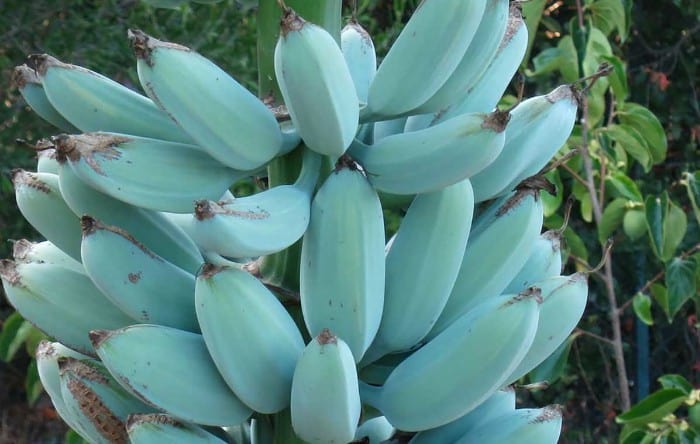
Blue Java Bananas
These bananas are also known as “ice cream bananas” because their taste is similar to the one of vanilla ice cream. They have a bluish-silvery peel that turns yellow when they are ripe.
Blue Java bananas are grown in Hawaii, Southeast Asia and in some regions of Central America, but they are also resistant to cold, so they can be accommodated in other climates as well. This banana variety is a hybrid between Musa balbisiana and Musa acuminata.
Besides their unusual taste, which makes them suitable to be consumed raw or in various dishes, Blue Java bananas are also grown as decorative plants because of their interesting appearance.
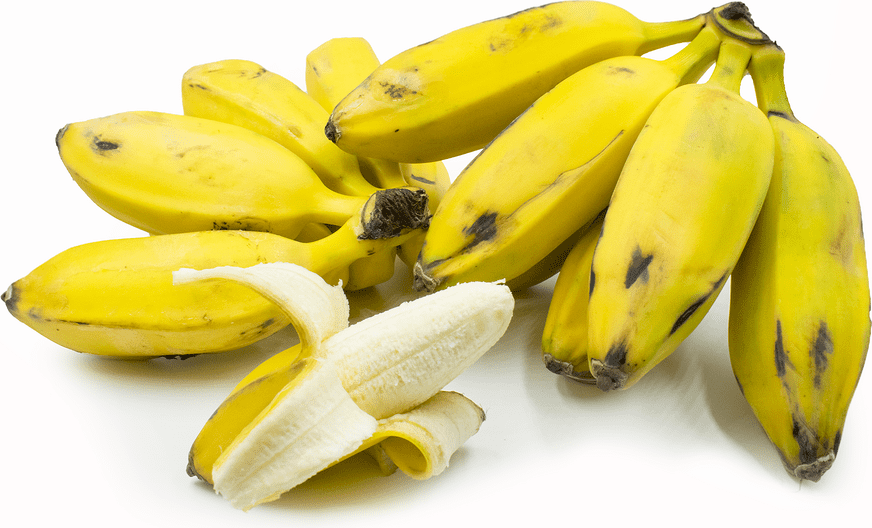
Burro Bananas
Another type of bananas with an interesting taste is the Burro banana variety, which has a slight tangy citrus taste. They have a soft texture, and they are smaller and flatter than most common types of bananas.
Burro bananas are native to Southeast Asia and through trading routes, they were brought to Central America, especially in Mexico. The plants are very vigorous and produce wind-resisting foliage. Asides from their nutritional value, Burro bananas are also used to stimulate hemoglobin in cases of anemia. The name of Burro was given because of the height of the plants and stubby stature, being similar to the one of a donkey.
These bananas are consumed raw or in various preparations, including when they are green, just like plantains. Burro bananas are often used in Thai, Filipino, Latin and Caribbean food cultures.
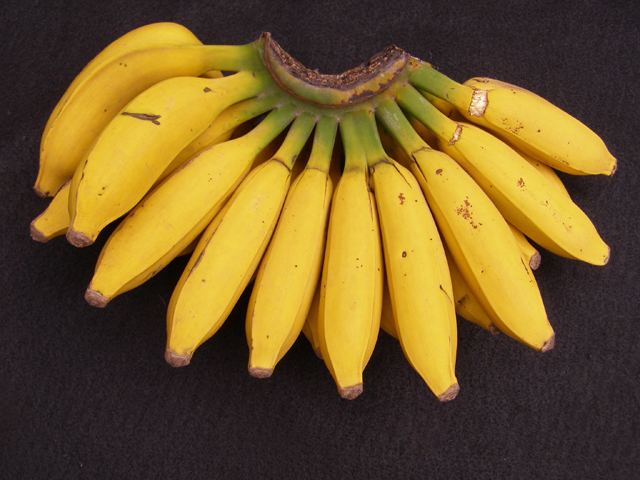
Goldfinger Bananas
This type of bananas was first grown in Honduras by a team of scientists in an attempt to obtain a variety that has a bigger resistance to pests. They are similar to Cavendish bananas in terms of shape and texture and have a sweet taste with an apple flavor. Most likely, the goal is to replace Cavendish bananas with the Goldfinger variety, due to its higher resistance to pests and disease.
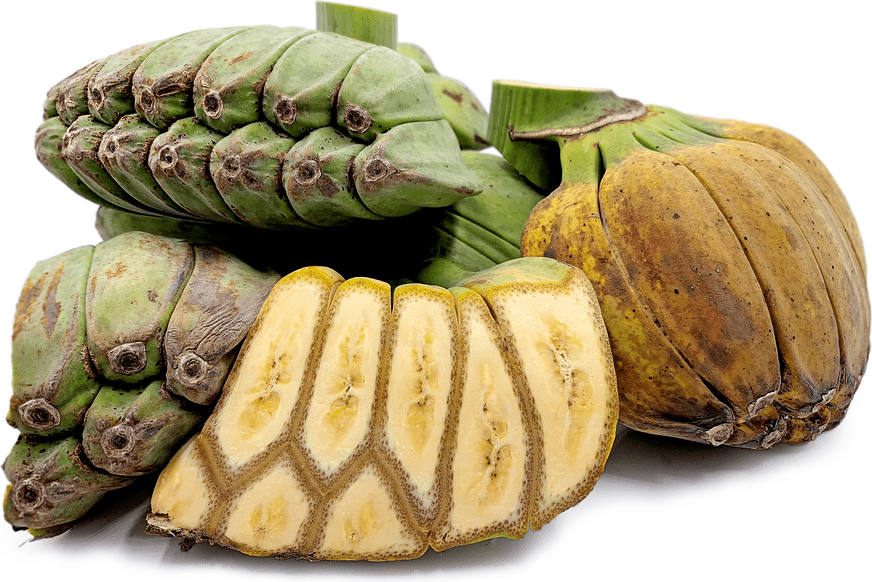
Praying Hands Bananas
These are some very thick bananas, another spectacular type of bananas with the fruits gathered separately in two rows that intertwine and look like two palms arranged in a prayer position. The fruits can be separated only when they are completely ripe, have a creamy texture, and the taste is said to be extraordinary. They are slightly sweet and have a flavor reminiscent of oranges, peaches, and honey and with a hint of vanilla.
Praying Hands are native to Indonesia and the Philippines. Outside of their growing regions, they are considered more of a novelty and are often grown as decorative plants. They can be found throughout the Southern Pacific and they can also be well accommodated in other regions such as Florida in the USA. They are available mostly in the autumn and winter months.
This banana variety can be consumed raw or fried; it can be used to make banana chips and various types of baked goods.
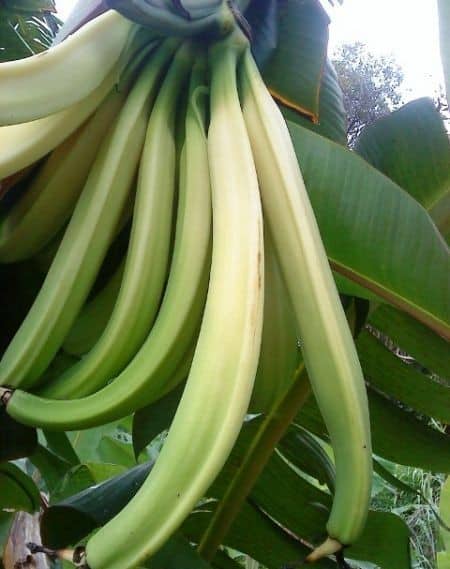
Rhino Horn Bananas
One of the most spectacular varieties, Rhino Horn is an African variety of bananas that produces fruits of 20-25 centimeters in length and 9-10 centimeters in diameter and up to 1.5 kilograms in weight. These are the longest fruits among banana cultivators.
Their taste is similar to one of the common types of bananas and they can be consumed raw, fried like plantains or used in various dishes. Because of their unusual coloration, Rhino Horn bananas are also grown as decorative plants.
As you can see, there’s so much more to explore in the world of bananas than just the common varieties that are found in most stores and markets. As popular and widespread across the globe as they are, bananas are not just the simple fruits we all know, but all kinds of types of bananas provide many farming opportunities.
